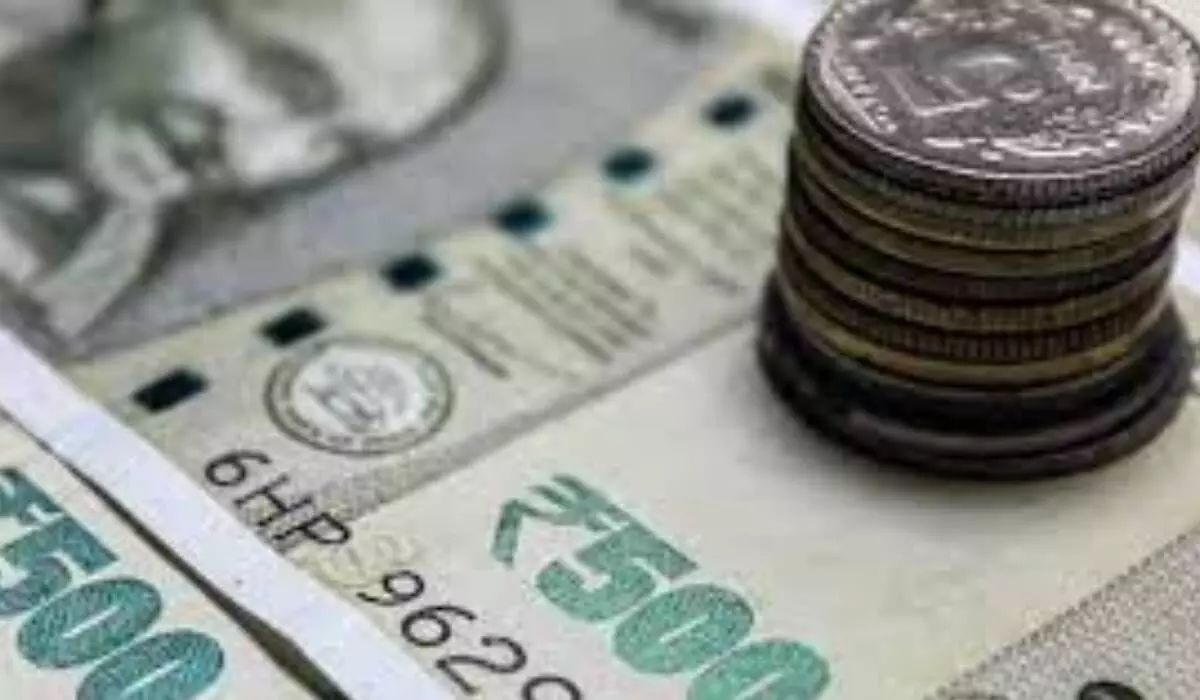Microfinance grows by nearly 10x in 10 years
As on March 2023, the microfinance gross loan portfolio was more than Rs 5 lakh cr serving 13 cr borrowers, compared with a portfolio of Rs 51,773 cr and 7 cr borrowers in March 2012
image for illustrative purpose

Mumbai Microfinance in India has a long history. Since the turn of this century, it has been expanding rapidly as a viable financial services business because of the influx of Microfinance NBFCs, growth of the self-help groups (SHG) business by Public Sector Banks, and under the NRLM (National Rural Livelihood Mission).
As on March 2023, the microfinance gross loan portfolio was more than Rs 5 lakh crore serving over 13 crore borrowers, compared with a portfolio of Rs 51,773 crore and approximately 7 crore borrowers in March 2012. The borrower base multiplied by 2X; the portfolio by 10X since 2012. The fast-growing 'Individual Loan' portfolio is not included in these numbers because of the absence of a reliable industry source.
Organised microfinance in the country officially dates back to 1974. This was when Ela R. Bhat set up the Self-Employed Women Association (SEWA) in Ahmedabad to provide banking services and individual loans to self-employed poor women of the unorganised sector. SEWA was operating as a cooperative bank. The concept of 'Self-Help Groups' (SHG) was established by Aloysius Prakash Fernandez at MYRADA, in collaboration with Canara Bank, in the 1980s. The loans were given to customer groups instead of individuals. These groups collected savings and distributed loans to their members. This model was widely adopted by Public Sector Banks and NGOs, including SEWA. In 1996, Vijay Mahajan established BASIX in Hyderabad, as an NBFC, to undertake microfinance as a viable business. This largely followed the Grameen Bank's 'Joint Liability System' model, where loans were given to individuals, with the groups held liable. A slew of NBFCs were established in the early 2000s, especially in Andhra Pradesh, which followed this model.
Over-exuberance led to an explosive growth of microfinance in Andhra Pradesh, which resulted in the first major crisis, and led to a direct conflict between Andhra-based microfinance institutions and the state government, which was also pursuing a government-led microfinance programme funded by the World Bank.

